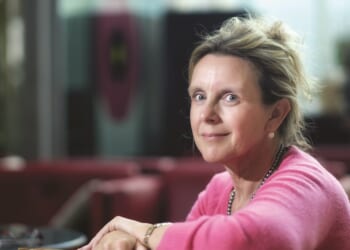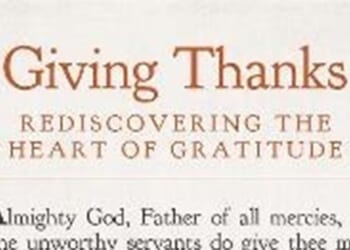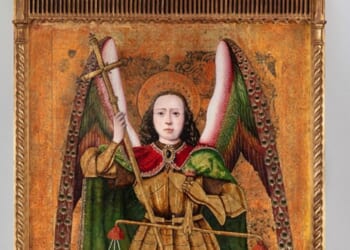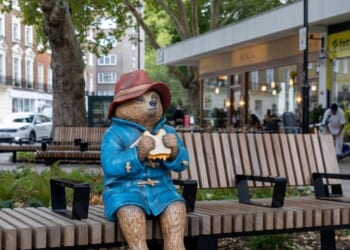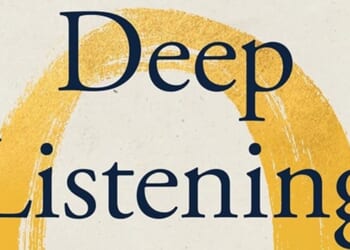ILLUMINATED manuscripts are the most instantly attractive, intriguing creations of the Middle Ages, with their bright colours and striking designs. They also offer us pathways into the past. Someone commissioned them, craftsmen wrote and decorated them, and others used them over long periods for worship, study, and recreation.
Michelle Brown, a veteran scholar of medieval-manuscript studies, has chosen 12 examples in her book to illustrate the history of book production, chiefly in medieval England. Each century is represented, from the Lindisfarne Gospels in the eighth to Henry VIII’s personal Psalter in the 16th. But to talk of 12 is insufficient, because the author discusses several texts in each chapter, and the main example in one case gets only a page of discussion.
Perhaps inevitably, religious books predominate. Eight out of the 12 are liturgical or biblical; two are historical, one is topographical, and one is literary, although other such works, such as Chaucer’s, get some attention. The book is beautifully illustrated with more than 100 photographs in colour. Reading it is like listening to a good lecturer with a fund of knowledge and an easy and informal style.
The danger in adopting a lecturing mode (as I know myself) is that the core subject of the lecture can get enveloped by a spiel of generalised and amusing repartee to keep the audience happy. When Professor Brown turns from the manuscripts to their context (chiefly here political history), her narrative becomes simplistic and sometimes disjointed and jokey. We do not learn much from the manuscripts that throws new light on medieval England.
 AlamyAn aestel (pointer), the Alfred Jewel, thought to have been sent by King Alfred the Great to his tutor, Bishop Werferth of Worcester, with St Gregory the Great’s Pastoral Care. From the book under review
AlamyAn aestel (pointer), the Alfred Jewel, thought to have been sent by King Alfred the Great to his tutor, Bishop Werferth of Worcester, with St Gregory the Great’s Pastoral Care. From the book under review
There has not been enough care to be accurate. Just to give a few examples, Thomas Becket was not killed at an altar, but by a pillar in the north transept. The 13th century is said to be “still the age of scholasticism”, but that was its great heyday. No evidence is provided to show that the Cornish author John Trevisa was educated at Glasney College in Cornwall, helped to produce the English Bible, or wrote plays in Cornish. St Mary Magdalene was not first seen as a prostitute in the Renaissance, but almost always. And the last thing that Charles II had to worry about was rivals claiming descent from the Princes in the Tower. The book ends suddenly, without any reflections or conclusions. It has no references, and the index is poor (thus it omits Chaucer, despite his inclusion).
In short, the book needed much more research and editing than it received. By all means, buy or read it for its coverage of the manuscripts and its fine illustrations, but not as a reliable political, social, or cultural history of medieval England.
Dr Nicholas Orme is Emeritus Professor of History at Exeter University. His latest book is The History of England’s Cathedrals (Yale, 2024).
Illumino: A history of medieval Britain in twelve illuminated manuscripts
Michelle E. Brown
Reaktion Books £25
(978-1-83639-037-4)
Church Times Bookshop £22.50

